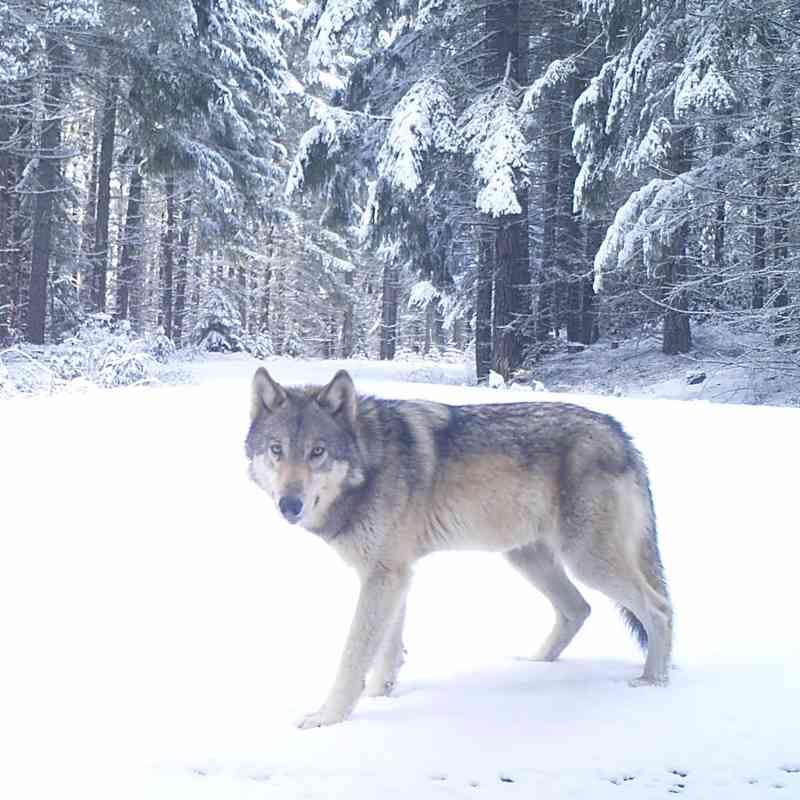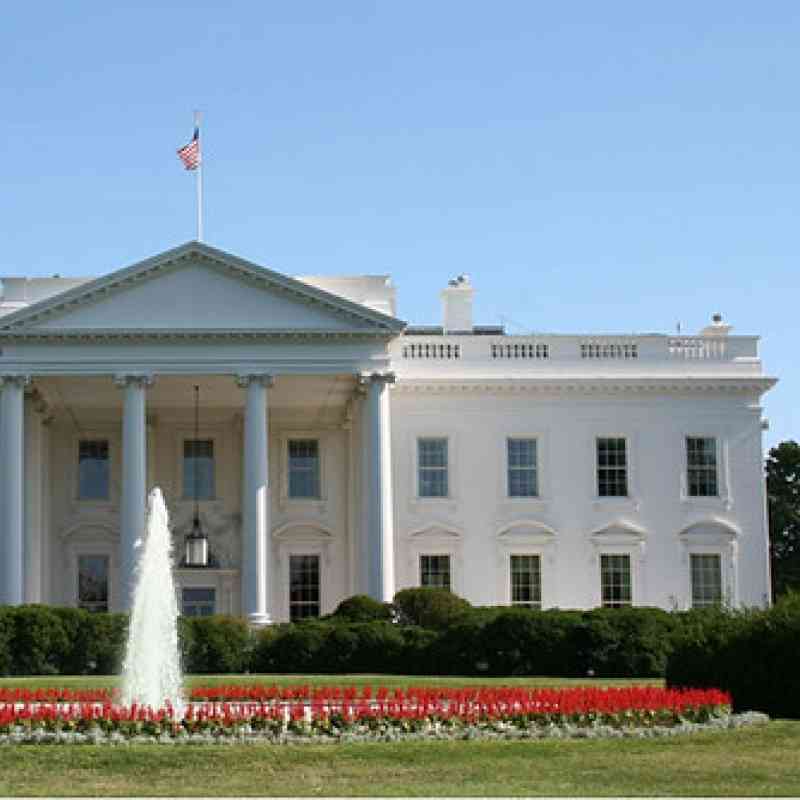FOR IMMEDIATE RELEASE
July 11, 2014
Contact: Courtney Sexton, csexton@defenders.org, 202-772-0253
Defenders Report: Trouble for Sage-grouse in Wyoming
Wyoming sage-grouse strategy inadequate to protect the species
WASHINGTON – Defenders of Wildlife released a report today finding that key components of the state of Wyoming’s sage-grouse conservation strategy are unlikely to conserve the species. While the state’s “core area” strategy is an important step forward, recognizing the need to preserve large areas of priority habitat to sustain the grouse, it fails to require needed restrictions on energy development and other land uses and thus should not be used as model for other state and federal planning efforts.
The following is a statement from Mark Salvo, Director of Federal Lands Conservation for Defenders of Wildlife:
“Federal agencies and states should avoid using the state of Wyoming’s strategy as a model, and develop and implement conservation plans based on the best available science that are more likely to conserve and recover the sage-grouse.
“The state of Wyoming was the first to develop a sage-grouse conservation strategy based on the designation and management of large areas of core habitat to sustain the species, and so deserves credit for getting out front. But key prescriptions in the strategy do not correspond with the best available science, and are unlikely to conserve the grouse long-term. Wyoming’s protective buffer around sage-grouse breeding sites is six times smaller than that recommended by the current best available science. Additionally, the cap on disturbance in sage-grouse habitat is almost twice as high as recommended by scientists. The strategy must do more to protect critical breeding habitat and wintering areas from energy development and other threats, and limit disturbance in priority habitat to secure a future for sage-grouse in Wyoming.
“It is not too late to make improvements to the Wyoming core area strategy so that it contributes more effectively to the conservation of these iconic birds and their quintessentially western habitat.”
###
Background
Sage-grouse are an iconic western bird that once ranged across 297 million acres in North America and may have numbered as many as 16 million individuals. Today, sage-grouse range has been reduced by 44 percent and populations have experienced long-term declines. Sage-grouse require large expanses of healthy sagebrush steppe, an increasingly rare habitat in the west. Millions of acres of the Sagebrush Sea have been lost to agriculture and development over the past 200 years. What remains is fragmented and degraded by poorly managed oil and gas drilling, livestock grazing, mining, unnatural fire, invasive weeds, off-road vehicles, roads, fences, pipelines and utility corridors.
The U.S. Fish and Wildlife Service previously determined sage-grouse warranted protection under the Endangered Species Act. The agency subsequently committed to either propose to list the grouse or determine the species is no longer warranted for listing by September 2015. The new deadline has prompted federal agencies and states to develop their own sage-grouse conservation strategies in an attempt to forestall listing. The Bureau of Land Management (BLM) is leading the federal planning effort to implement new conservation measures for sage-grouse on 60 million acres of public land across eleven western states. The state of Wyoming considers its plan a model that federal agencies and other states should use to alleviate the need to federally protect the species.
###
Defenders of Wildlife is dedicated to the protection of all native animals and plants in their natural communities. With more than 1.1 million members and activists, Defenders of Wildlife is a leading advocate for innovative solutions to safeguard our wildlife heritage for generations to come. For more information, visit www.defenders.org and follow us on Twitter @defendersnews.
Defenders of Wildlife is celebrating 75 years of protecting all native animals and plants in their natural communities. With a nationwide network of nearly 2.2 million members and activists, Defenders of Wildlife is a leading advocate for innovative solutions to safeguard our wildlife heritage for generations to come. For more information, visit defenders.org/newsroom and follow us on Twitter @Defenders.

